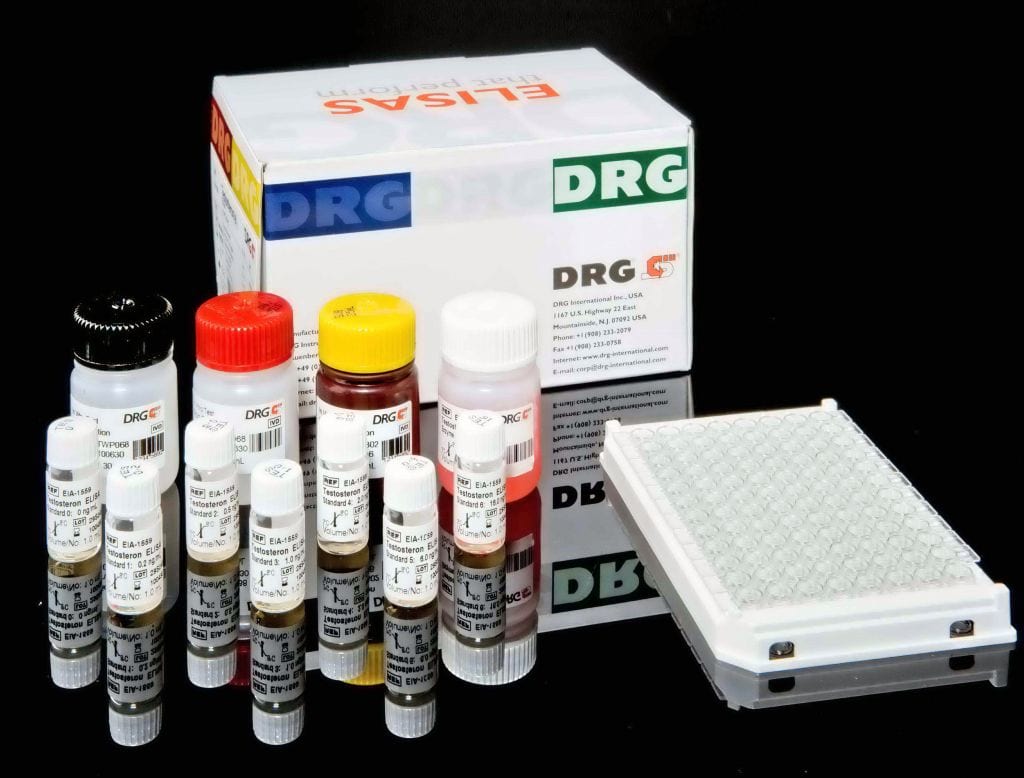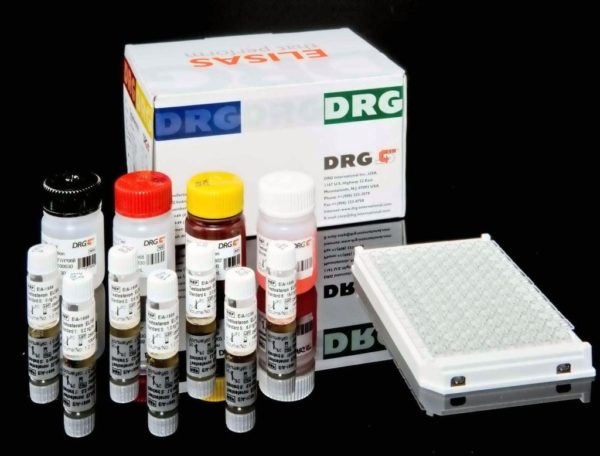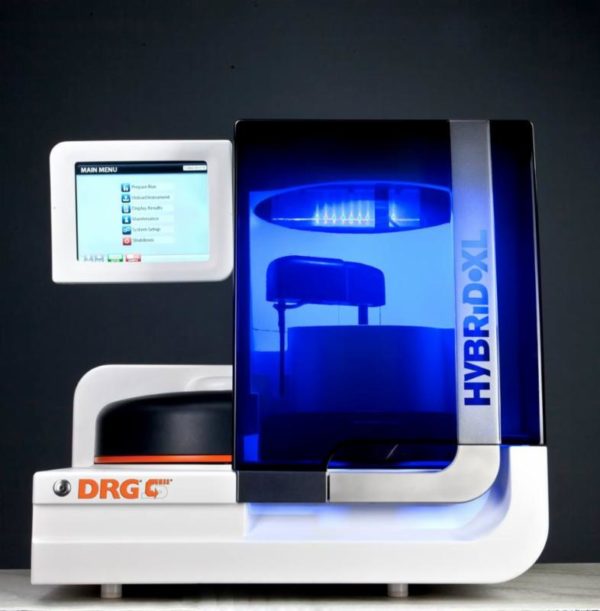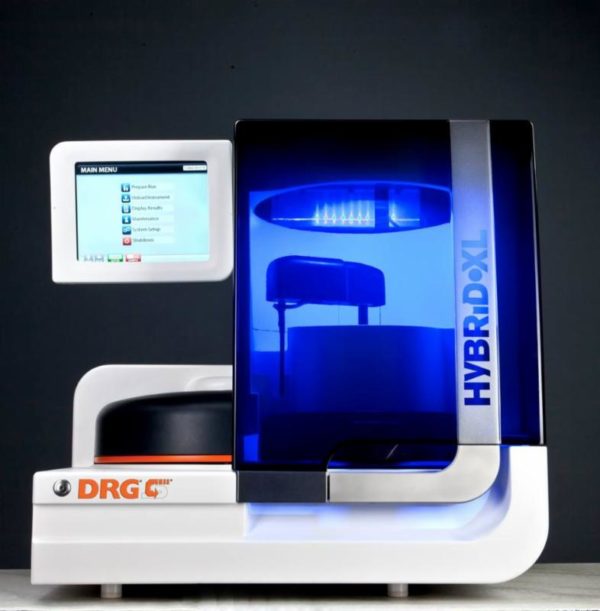Description
An enzyme immunoassay for the quantitative determination of free triiodothyronine (fT3) concentration in serum.
L-Triiodothyronine, a thyroid hormone, circulates in blood almost completely bound (>99.5%) to carrier proteins. The main transport protein is thyroxine-binding globulin (TBG).
However, only the free (unbound) portion of triiodothyronine is believed to be responsible for the biological action.Furthermore, the concentrations of the carrier proteins are altered in many clinical conditions, such as pregnancy. In individuals with normal thyroid function, as the concentrations of the carrier proteins change, the total T3 levels change in consert so that the free thriiodothyronine (fT3) concentration remains constant. Thus, measurements of fT3 concentrations correlate more reliably with clinical status than total
triiodothyronine levels. For example, the increase in total triiodothyronine levels associated with pregnancy, oral contraceptives, and estrogen therapy result in higher total T3 levels while the fT3 concentration remains basically unchanged. This microplate enzyme immunoassay methodology provides the technician with optimum sensitivity while requiring few technical manipulations in a direct determination of fT3
The fT3 test is a solid phase competitive enzyme immunoassay. Patient serum samples, standards, and T3-Enzyme Conjugate Working Reagent is added to wells coated with monoclonal T3 antibody. fT3 in the patient specimen and the T3 labeled conjugate compete for available binding sites on the antibody. After a 60 minutes incubation at room
temperature, the wells are washed with water to remove unbound T3 conjugate. A solution of H2O2/TMB is then added and incubated for 20 minutes, resulting in the development of blue color. The color development is stopped with the addition of 3N HCl, and the absorbance is measured spectrophotometrically at 450 nm. The intensity of the color formed is proportional to the amount of enzyme present and is inversely related to the amount of unlabeled fT3 in the sample. By reference to a series of fT3 standards assayed in the same way, the concentration of fT3 in the unknown sample is quantified.




